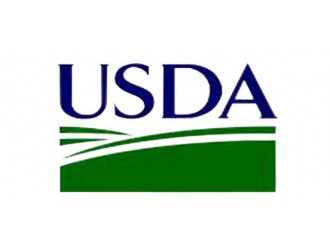经过评估,专家小组认为,在预期的使用条件下(蒸馏酒精生产除外),不能排除饮食暴露引起过敏反应的风险,但这种可能性被认为很低。根据所提供的数据,评估小组得出结论,这种食品酶在预期使用条件下不会引起安全问题。部分原文报道如下:
The food enzyme α-amylase (4-α-d-glucan glucanohydrolase; EC 3.2.1.1) is produced with the non-genetically modified microorganism Bacillus amyloliquefaciens strain BA by HBI Enzymes Inc. The enzyme under assessment is intended to be used in six food processes: baking processes, brewing processes, distilled alcohol production, starch processing for the production of glucose syrups and other starch hydrolysates, production of dairy analogues and production of rice-based meals. Since residual amounts of total organic solids (TOS) are removed during distillation and during the production of glucose syrups and other starch hydrolysates, dietary exposure was calculated only for the remaining four food manufacturing processes. It was estimated to be up to 4.805 mg TOS/kg body weight (bw) per day in European populations. The applicant did not provide sufficient data to demonstrate that the production strain meets the qualified presumption of safety (QPS) criteria, or proof of absence of viable cells and DNA from the production organism in the food enzyme. Therefore, the Panel was not able to conclude on the safety of the microbial source. A margin of exposure could not be calculated in the absence of toxicological studies. A search for the similarity of the amino acid sequence of the food enzyme to known allergens was made and two matches with respiratory allergens were found. The Panel considered that, under the intended conditions of use (other than distilled alcohol production), the risk of allergic reactions by dietary exposure cannot be excluded, but the likelihood is low. based on the data provided, the Panel could not conclude on the safety of this food enzyme, under the intended conditions of use.
本文由食品伙伴网食品资讯中心编辑,有任何疑问,请联系news@foodmate.net。












 地区:
地区:






 鲁公网安备 37060202000128号
鲁公网安备 37060202000128号



